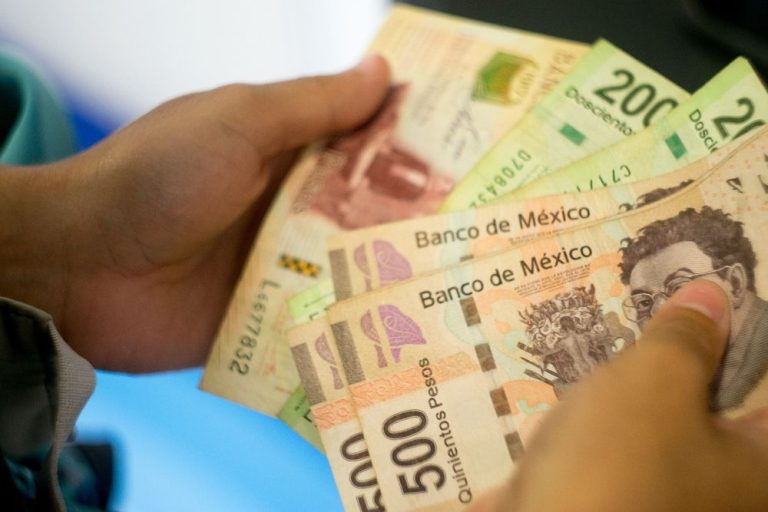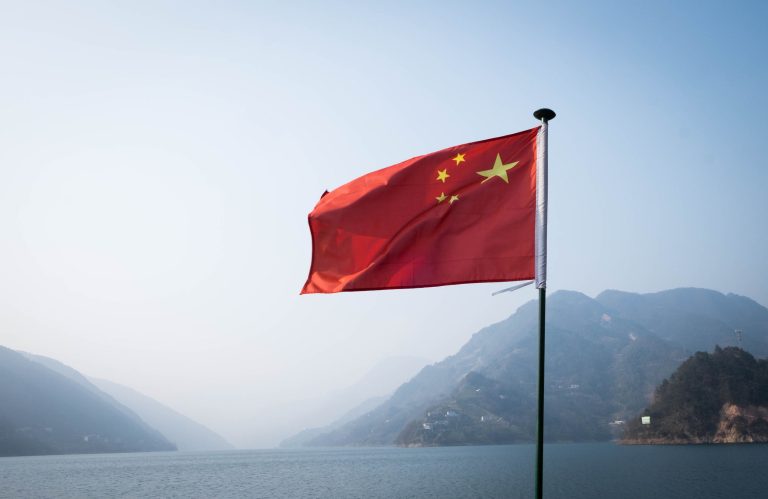The Schwab US Dividend Equity (SCHD) and the Vanguard High Dividend Yield (VYM) ETFs have pulled back in the past few days. The VYM fund retreated to a low of $127.78, down by over 3% from the highest point this year.
SCHD, one of the most popular funds in the market, has dropped from $28.90 in October to $28.2.
These funds have done well this year, with the VYM fund rising by 14.47% and the SCHD moving by 11.2%. They have, nonetheless, underperformed the broader funds like the Invesco QQQ (QQQ) and the Vanguard S&P 500 ETF (VOO).
US election and its impact
One of the top catalysts for the SCHD and VYM ETFs will be the upcoming US election, which will happen on Tuesday.
The latest polling data shows that the election results will be close, with Donald Trump and Kamala Harris being tied in most swing states.
Trump has pledged to implement large tax cuts and ease regulations, which are positive for corporate America. His tariffs and risk of a trade war will have an impact on top companies, especially those with exposure to China.
Harris, on the other hand, will be more of a continuation president. Her campaign has focused on climate and housing issues. She has also hinted towards tax hikes, with her plan pledging moving the corporate tax rate from 21% to 28%.
What is clear, however, is that the two presidential candidates will broadly be bad for America because they have not addressed the soaring debt burden. Data shows that Trump’s policies will add over $7.5 trillion to the debt, while Harris will add $3.5 trillion.
Another clear thing, based on history is that stocks do well after an election since investors often embrace the new normal. Therefore, based on this alone, there is a likelihood that the VYM and SCHD ETFs will do well in November.
Read more: SCHD: Blue chip SWAN ETF braces for 2 key crucial events
Federal Reserve interest rates
The other catalyst for the two ETFs and the US markets in general will be the Federal Reserve, which is expected to deliver its interest rate decision on Nov. 7.
The bond market points to a potential hawkish Federal Reserve, with the ten-year and 30-year rising to the highest point in months.
Next week’s decision will be impacted by the upcoming non-farm payroll (NFP) data, which will provide more color about the labor market. A weak NFP number will point to a more dovish Federal Reserve in next week’s meeting.
American stocks will likely do well no matter what the Fed does next week because the path of cuts in 2024 is clear.
Corporate earnings ahead
The SCHD and VYM ETFs have reacted to several corporate earnings in the past few weeks. Big American banks like Goldman Sachs, JPMorgan, and Morgan Stanley published results that were significantly better than expected.
A report released last week by FactSet showed that the earnings growth of companies was 3.6%. These results were of 37% of companies in the S&P 500, implying the fifth consecutive quarter of earnings growth.
The most important companies in the US like Alphabet, Microsoft, Amazon, and Meta Platforms have all published their earnings report.
However, these firms are not in the VYM and SCHD ETFs, and many of their constituents will publish their results this month.
The first big names to watch will be oil giants like ExxonMobil and Chevron, which will publish their results on Friday.
Other top names that will release on Nov. 1 are Church & Dwight, T. Rowe Price, Charter Communications, and Cardinal Health.
More companies in the funds like Qualcomm, Gilead Sciences, CVS Health, Apollo Global, and Archer-Daniel Midlands will release their earnings.
The other potential catalyst for the SCHD and VYM ETFs will be the fading geopolitical issues, especially in the Middle East. Israel’s response to Iran’s missile barrage was relatively muted since it did not involve its nuclear and oil infrastructure.
This means that these tensions will continue easing in November, which could push oil prices lower, a positive thing for stocks.
Read more: Love the SCHD ETF? CLM and CRF are better yielding alternatives
SCHD and VYM outlooks
SCHD chart by TradingView
The SCHD and the VYM ETFs tend to be highly correlated, as evidenced by their recent pullback. On the daily chart above, we see that the SCHD ETF has remained above the ascending trendline that connects the lowest swings since June 14.
The fund also remains above the 50-day Exponential Moving Averages, meaning that bulls are in control.
Therefore, the fund will likely bounce back as bulls target the year-to-date high of $28.92. A move above that level will see it rise to the key resistance point at $30.
The VYM ETF also has a similar price action as the SCHD fund. It has also remained above the 50-day moving average, and an ascending trendline, pointing to more gains.
The post SCHD and VYM ETFs forecast for November 2024 appeared first on Invezz









